#Ghouls
Text
Ghouls are, put simply, humans suffering from advanced, prolonged radiation sickness and whose bodies have mutated such that gamma radiation extends their lifespan past natural limits.
The process of ghoulification is outlined in canon sources, but I wanted to make a guide that goes into more detail on the effects of radiation sickness in various cases, since the level and type of exposure significantly affects the outcome.
This is the first in what will be a series of posts exploring both real-life cases of radiation sickness and the sci-fi concept of ghoulification in some depth. Graphic descriptions of the physical deterioration of the body are included for informative purposes; reader discretion is advised.
For this first case study, I examine the effects on the human body of exposure to high levels of radiation in a short period of time, with a focus on the real case of Hisashi Ouchi.
On September 30, 1999, a lack of appropriate safety measures and the proper materials resulted in an accident that caused three workers at the nuclear power plant in Tōkai-mura, Japan, to suffer from severe radiation poisoning while purifying reactor fuel.
Point of Criticality
An uncontrolled fission reaction was produced when technicians poured nearly seven times the legal limit of uranium oxide into an improper vessel containing nitric acid. The men reported seeing a bright blue flash—indicative of Cherenkov radiation—when the mixture reached critical mass, flooding the room with radiation. The workers evacuated to the decontamination room, but already, the two who had been handling the reactive solution were overcome with intense pain from radiation burns, severe nausea, and difficulty breathing. Hisashi Ouchi, who suffered the highest level of exposure, also experienced rapid difficulties with mobility and coherence. Upon reaching the decontamination room, he vomited and fell unconscious.
~1 Hour Post-Exposure
Ouchi regained consciousness in the hospital about 70 minutes after the criticality accident, where doctors confirmed that he had been exposed to high doses of gamma, neutron, and other radiation.
The maximum allowable annual dose of radiation for nuclear technicians in Japan was 50 millisieverts. Exposure to more than 7 sieverts is considered fatal. Yutaka Yokokawa, the supervisor, had received 3 sieverts. The technicians who had been handling the uranium, Masato Shinohara and Hisashi Ouchi, received 10 sieverts and 17 sieverts, respectively.
~1 Day+ Post-Exposure
During the first few days in the ICU, Ouchi appeared to be in remarkably good condition, given the circumstances: the skin of his face and right hand was slightly red, as if by a sunburn, and swollen. His eyes were bloodshot, and he reported pain under his ear and right hand, which had received the most direct exposure, but he could speak normally, and he joked with the doctors and nurses attending to him.
6 Days Post-Exposure
Tests revealed that the high energy radiation that Ouchi had been exposed to had obliterated the chromosomes in his bone marrow. They were unrecognizable—some severed, some fused, all out of order. This damage meant that his body was unable to create new blood cells. The red blood cells that transport oxygen could not be replaced, and Ouchi's white blood cell count was near zero, leaving him extremely vulnerable to infection.
~1 Week+ Post-Exposure
Intensive treatments, including numerous skin grafts, blood and bone marrow transfusions, and revolutionary stem cell transplants were conducted in an attempt to stabilize Ouchi, but ultimately without lasting success.
The skin grafts couldn't hold; when medical tape was peeled from his skin, his skin came with it, and the marks left behind couldn't heal. Blisters like those of a burn appeared on his right hand.
Ouchi reported frequently that he was thirsty.
~10 Days Post-Exposure
By this point, Ouchi's oxygen levels were so low that even speaking required tremendous effort. Ouchi was placed on supplemental oxygen and required sedatives to be able to sleep.
2 Weeks+ Post-Exposure
Ouchi was no longer able to eat and required an IV. By day sixteen, most of the skin on the front side of his body had fallen off.
His low platelet count and lack of healthy skin meant that his blood and bodily fluids leaked through his damaged pores, resulting in unstable blood pressure.
Donor stem cells that were meant to allow his body to create new tissue were also destroyed by the radiation present in his body.
~1 Month Post-Exposure
On the 27th day following the accident, Ouchi suffered from intense diarrhea. The mucus layer of his large intestine had vanished, exposing the red submucosal layer beneath. His body could no longer disgest or absorb anything he ingested; even water was excreted as diarrhea.
The skin of Ouchi's right hand was almost entirely gone, leaving the surface of his hand raw and dark red. Blisters spread across his right arm and abdomen, then over his entire body. Gauze was required to replace his skin, and his fingers had to be individually wrapped to prevent them from sticking together. Without skin to keep him warm, Ouchi required an electrothermic device to maintain his body temperature while his bandages were changed—a daily procedure that took hours. Every time the gauze was removed, more of Ouchi's remaining skin went with it. His eyelids could not shut, and his eyes bled. His nails fell off.
Ouchi's right arm was necrotizing, leading to an increasing amount of myoglobin—a protein in muscle tissue—flowing in Ouchi's blood. Untreated, this could result in renal failure as the kidneys could not process the amount of myoglobin present.
Ouchi's body could not regenerate the platelets that form scabs, meaning the risk of hemorrhage was extreme.
By day 50, more than two liters of fluid seeped from Ouchi's damaged skin each day. The amount of fluid prevented skin grafts from adhering. Furthermore, he began to suffer from blood in his stool, and permeated blood seeped between his inflamed small and large intestines.
2 Months+ Post-Exposure
On the 59th day after the accident, Ouchi suffered the first of many heart attacks. His kidneys and liver were also failing. He no longer showed reactions to stimuli.
By day 63, Ouchi's macrophages—the immune cells that normally attack and consume bacteria and viruses—were attacking his own healthy blood cells.
After 67 days, Ouchi suffered internal hemorrhage. He bled from his mouth and intestines.
Ouchi would continue to suffer from heart attacks, as many as three in one hour. Each time, he was revived, but he suffered increasing brain damage, until multiple organ failure ended his life after 83 days in the hospital.
Ouchi's colleague Masato Shinohara underwent numerous successful skin grafts and a stem cell transfusion as well as radical cancer treatment, but he, too, died of multiple organ failure after seven months. Their supervisor, Yutaka Yokokawa, was treated for minor radiation sickness and was released from the hospital within three months of the accident.
This detailed chronology was referenced from the book A Slow Death: 83 Days of Radiation Sickness by Iwanami Shoten, translated by Maho Harada. My post, of course, focuses on Ouchi's physical condition in his final months, but it’s important to remember him not just as a victim or a patient. He was a loving husband and father whose sense of humor and resilience left an impression on everyone he came into contact with. The book is available in its entirety here and provides a moving, nuanced account of the incident and the efforts to save Ouchi's life.
200 notes
·
View notes
Text

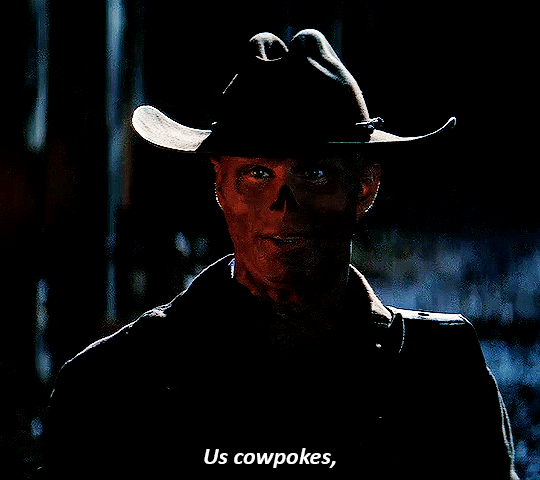
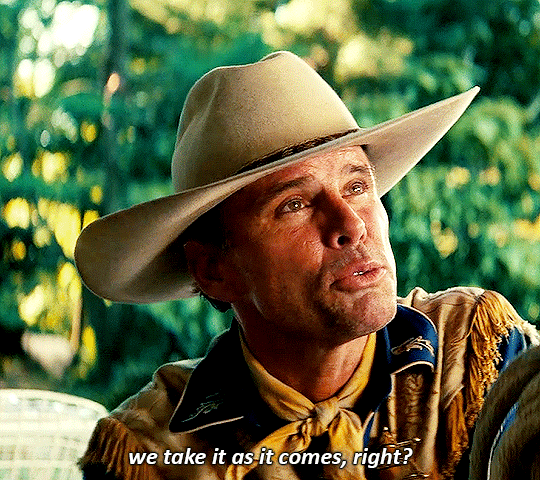



COOPER HOWARD / THE GHOUL
in FALLOUT: Season 1 Episode 1 "The End"
#falloutedit#foedit#tvedit#fallout prime#fallout#the ghoul#cooper howard#walton goggins#ghouls#long post#mine#gif:mine#gif:fallouttv#going insane over him
96 notes
·
View notes
Text
New fans being like: wow, The Ghoul really makes Ghouls sound fuckable!
Meanwhile, us in the trenches: Charon, John Hancock, Deegan, Kent Connolly, Beatrix, Gob even…
#fallout#ghouls#fallout tv series#the ghouls#john hancock#cooper howard#BESTIES WEVE BEEN HERE#THESE ARE JUST THE FEW TBH
68 notes
·
View notes
Text

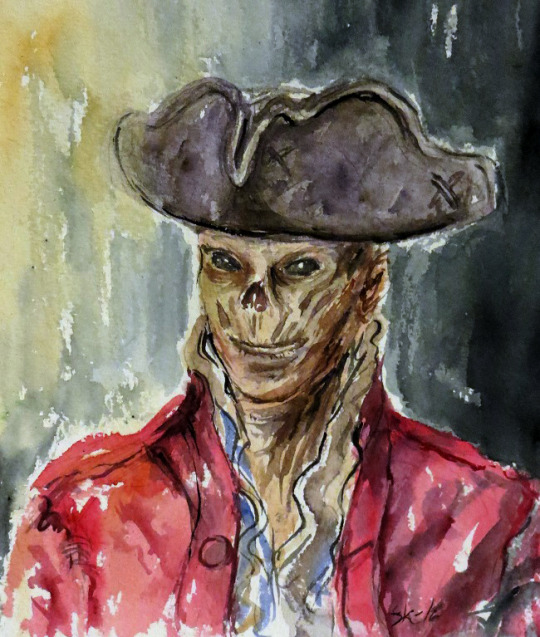
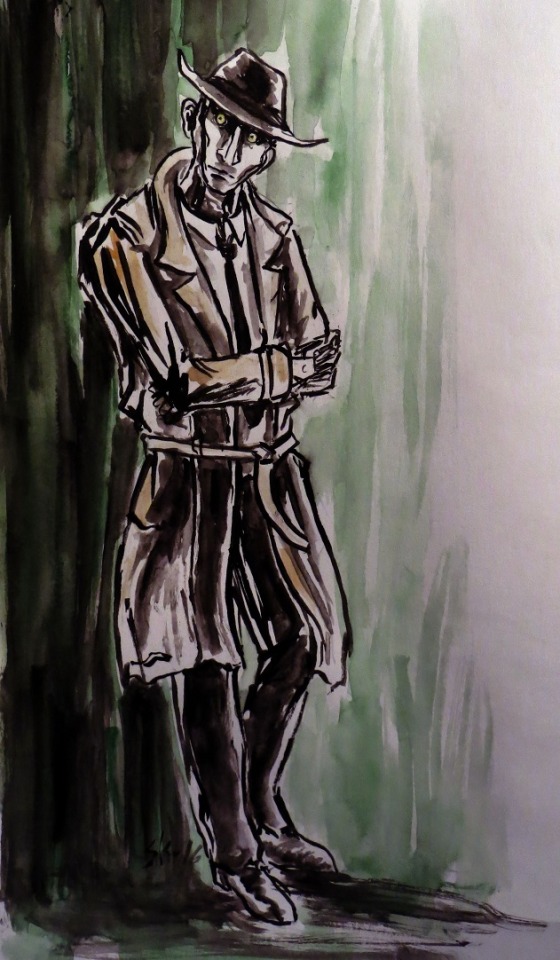
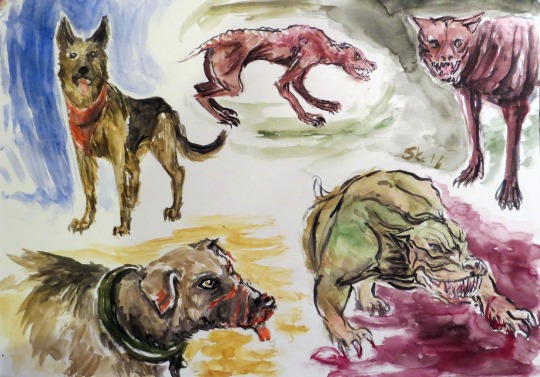



A lot of Fallout 4 watercolors from 2016. I have a lot of these and they are probably gone from here when I accidentally deleted my old blog
Was fun to look at what I had done.. I was really into it and getting into Fallout again. Like so many more
#fallout 4#fallout fanart#john hancock#hancock fo4#fo4#nick valentine#fallout ghouls#ghouls#dogmeat#paladin danse#edward deegan#and such#watercolors#fanart#old ish art
55 notes
·
View notes
Text
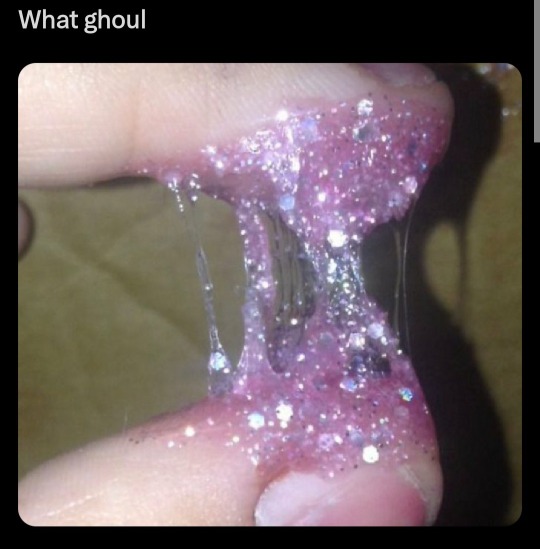
I want your guesses before I give MY answer
#ghost band#the band ghost#ghouls#which ghoul#nameless ghouls#Aurora ghoul#swiss ghoul#phantom ghoul#dewdrop ghoul#mountain ghoul#rain ghoul#aether ghoul#cumulus ghoul#cirrus ghoul
27 notes
·
View notes
Text

love this charred-faced bastard
22 notes
·
View notes
Text

saw the ghoul design in the new fallout tv show
#'we wanted him to be hot'#im so flabbergasted#u know what would be hot? a man that looks like a monster but still has charisma#a ZOMBIE MAN. he doesnt even have contacts??? at least make his sclera jacked up????#pissed#fallout tv show#fallout#fallout 4#ghouls#body horror
3K notes
·
View notes
Text

heh
#the band ghost#ghost band#art#fanart#nameless ghoul#ghouls#ghost bc#nameless ghouls#rain ghoul#dew ghoul#dewdrop#sodo ghoul
3K notes
·
View notes
Text
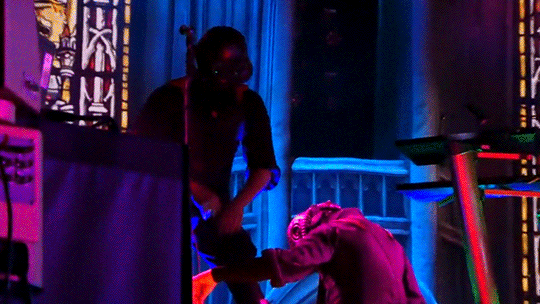


A moment between Nameless Ghouls
#madge gifs#ghost#the band ghost#ghost band#ghost bc#ghouls#swiss#phantom#swiss ghoul#phantom ghoul#i couldn't resist making these quickly#swiss is so catcoded
3K notes
·
View notes
Text


#the ghoul#walton goggins#fallout#personal#random#fallout amazon#fallout tv series#fallout tv show#ghoul#ghouls#ghoul fallout#ghouls fallout#fallout ghoul#fallout ghouls
907 notes
·
View notes
Text
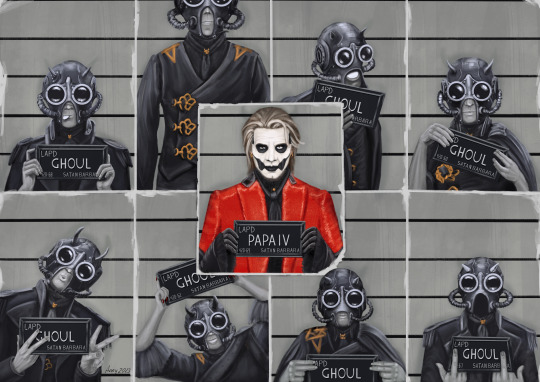
In Which The Ghang Would Like To Remind You That All Colors Are Beautiful
#the band ghost#copia#papa emeritus iv#cardinal copia#popia#ghouls#papa copia#papa emeritus 4#ghost the band#ghost fanart#the band ghost fanart#my art#artists on tumblr#me??? finally posting ART????? more likely than you think#top row: rain monty swiss cirrus#bottom row: phantom aurora lulu dingus
3K notes
·
View notes
Text


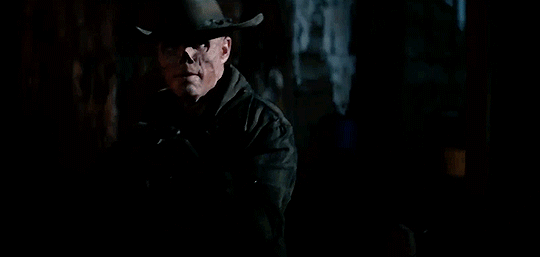
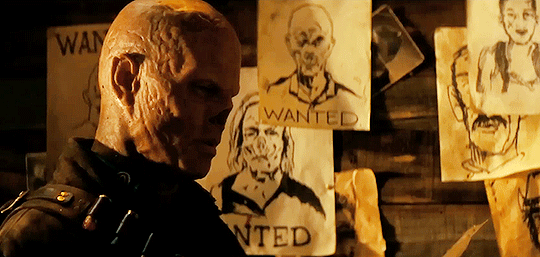

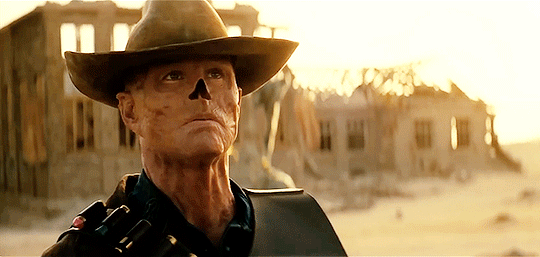

FALLOUT - The World Of featurette
Ghoul Edition
#falloutedit#foedit#tvedit#fallout prime#fallout#ghouls#the ghoul#cooper howard#walton goggins#mine#gif:mine#gif:fallouttv#HIM <3
1K notes
·
View notes
Text

when u accidentally kiss ur bandmate during a show (the feelings were too strong)
bonus:
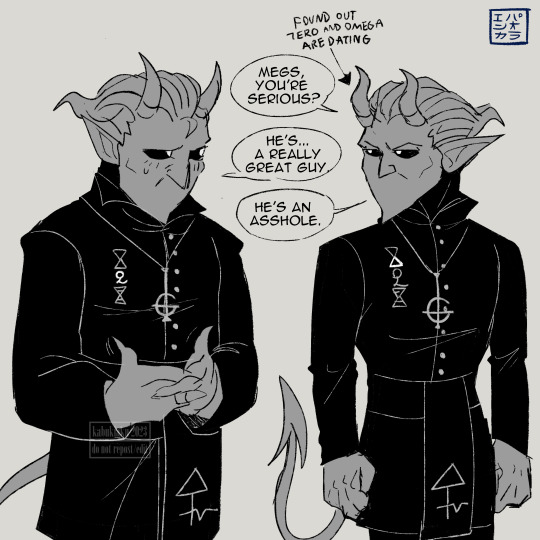
#my art#the band ghost#ghost band#alpha ghoul#omega ghoul#terzomega#terzo x omega#papa emeritus iii#omega3#ghost fanart#terzo fanart#digital art#ghouls#nameless ghouls#meliora#alpha is not impressed™#also dont ask how the mask + horns work cause i dont either lets just pretend its ✨magic✨
1K notes
·
View notes
Text
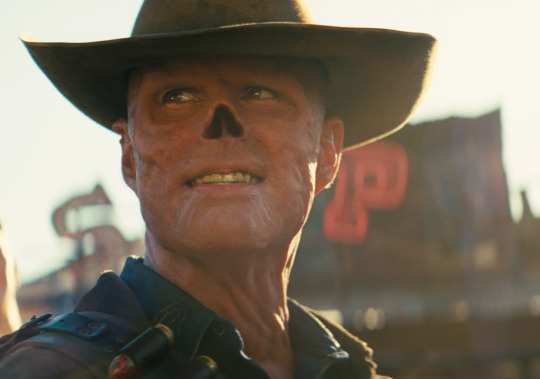

WELP add him to the list

2K notes
·
View notes
Text
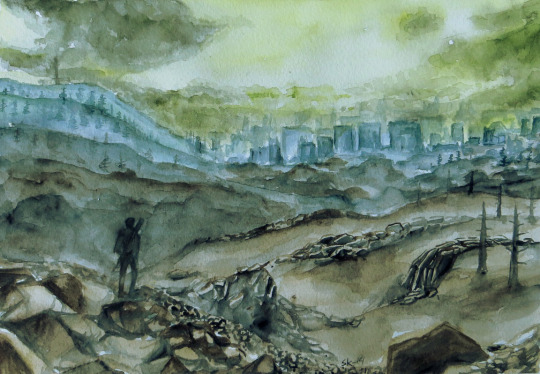




Some more oldies. Fallout 3 watercolors this time from 2015 I think
#fallout 3#fallout#watercolor#fallout fanart#fallout ghouls#ghouls#charon fallout#charon#lone wanderer
21 notes
·
View notes
Text


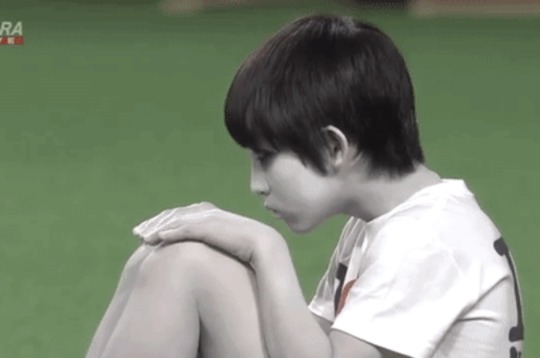
Sadako, Kayako, and Toshio make an appearance at a Japanese baseball game between the Hokkaido Nippon-Ham Fighters and the Yakult Swallows (2016)
#sadako#kayako saeki#kayako#toshio#toshio saeki#ju on#ju on the grudge#the grudge#the ring#ring#ringu#japan#baseball#horror#ghouls#ghosts#aesthetic#weirdcore#creepycore#creepy#horrorcore
897 notes
·
View notes